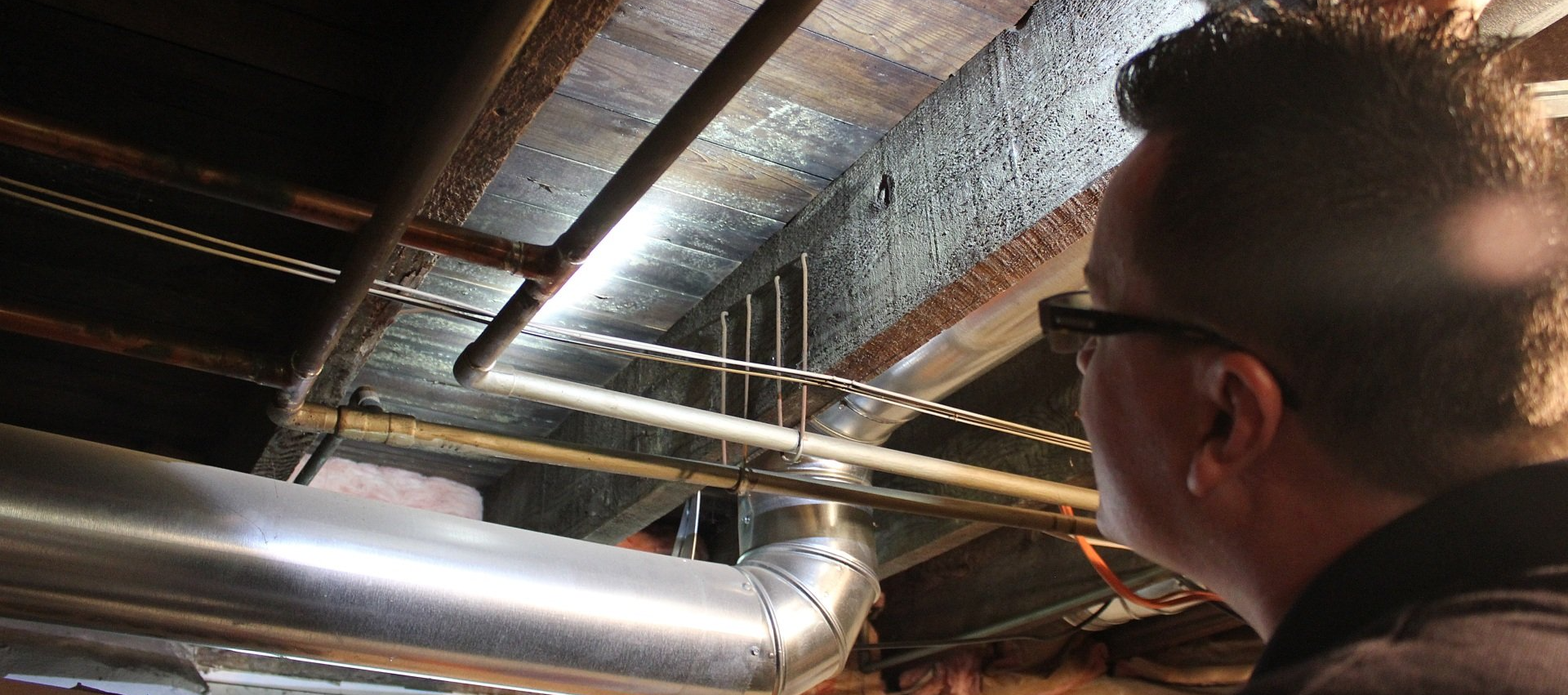4 Ways to Protect Your Home from Water Damage and Mold While You Travel

Prepare Your Home Before Holiday Travel
Save Your Home from Water Damage and Mold
Ideally, you can let a trusted neighbor know you’ll be away. One of the smartest things to do is to see if someone nearby can keep an eye on your home. If you trust someone with a spare set of keys, even better. However, sometimes finding someone able to check in on your place is difficult. In that case, be sure to take the following precautions so you don’t come home to water damage and mold growth.
- Inspect all water sources: Take a quick inventory of the sinks, toilets, and bath/showers in your home. If you see a small leak or drip, take care of it before you leave. Fixing a leak is usually an easy DIY job that can be solved with anything from a few wraps of teflon to a new fitting. Leaving a leak while you’re away may not be a risk you want to take.
- Shut off water main: Turn off the water main to your house if you want real peace of mind. Once the main is turned off, drain all lines by turning on each spigot inside and outside your home. Draining the lines reducing the likelihood of a burst pipe should South Carolina experience an unseasonably cold night freeze.
- Set your thermostat: Keep your HVAC system on while you're gone to make sure pipes don’t freeze. HVAC systems also help reduce indoor humidity and keep air circulating, both of which are important for preventing mold growth.
- Clean up mold-prone areas: Clean and dry areas in your home that are prone to mold growth. Showers and sinks are usually places where water can puddle and mold can develop. Clean these places thoroughly before you leave to reduce the chances of a moldy kitchen or bathroom.
Call MasterTech Environmental of Myrtle Beach
MasterTech Environmental of Myrtle Beach wants your home to be safe while you’re away. Use these tips whenever you’ll be gone for more than a couple days to protect your home from mold and water damage. In the unfortunate event that excessive water enters your home, MasterTech is ready to help. Our team specializes in water damage restoration and mold testing and mold removal.



